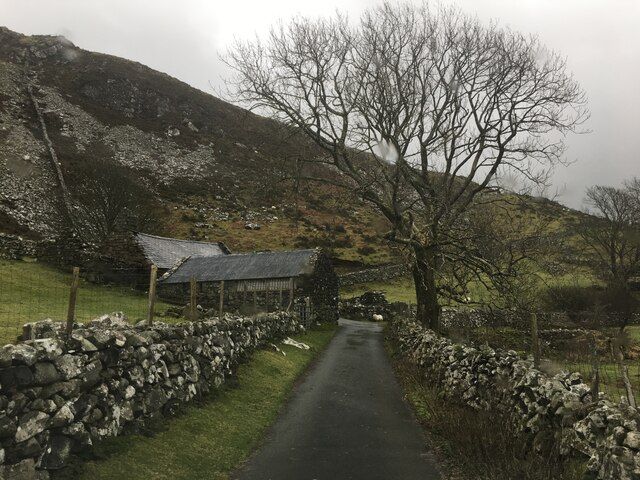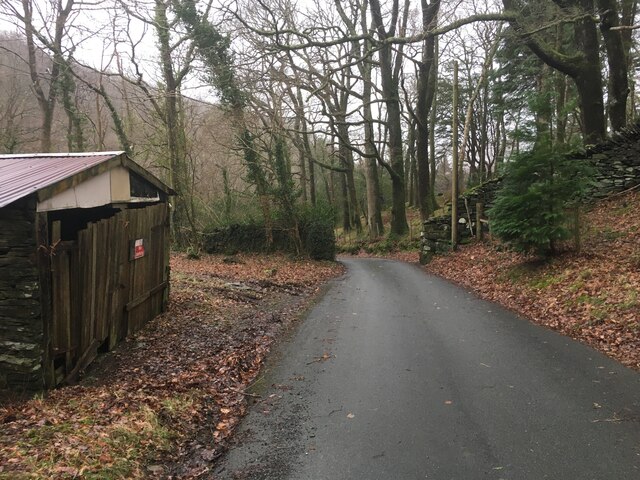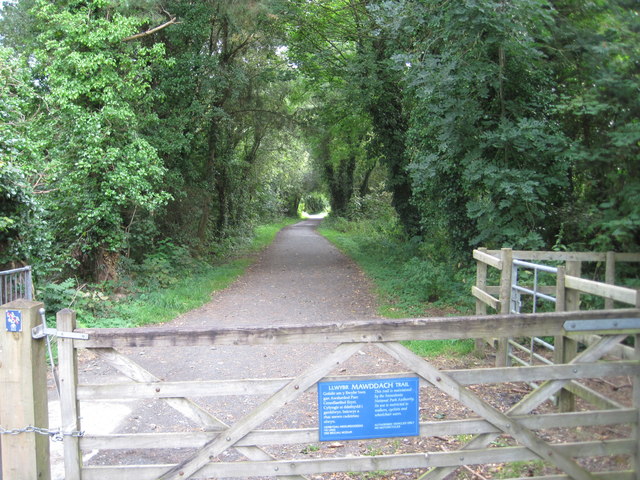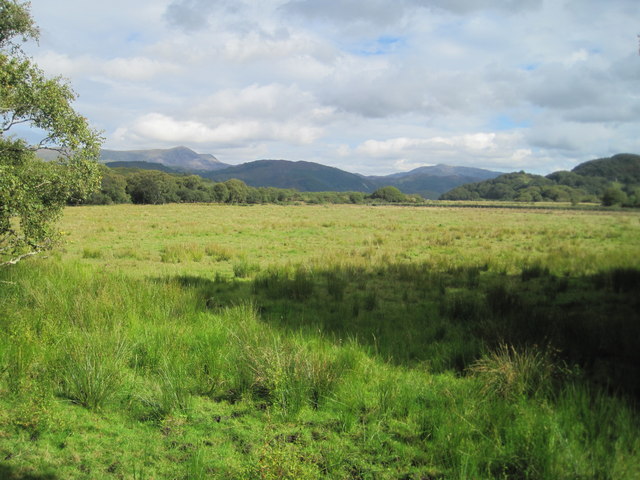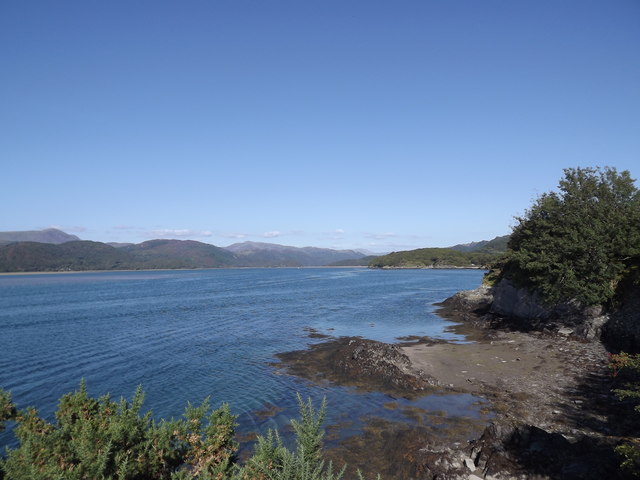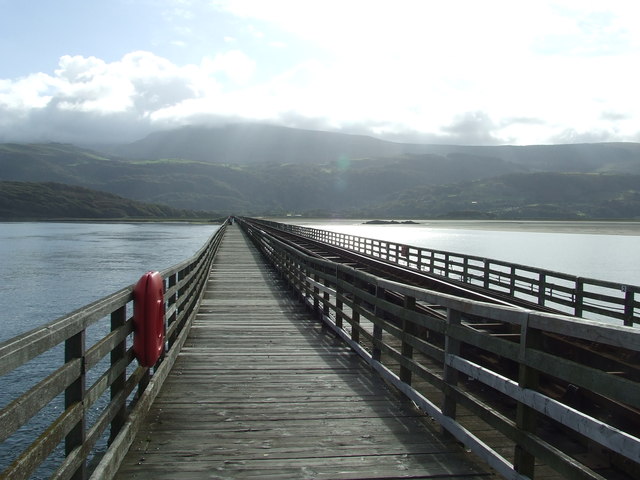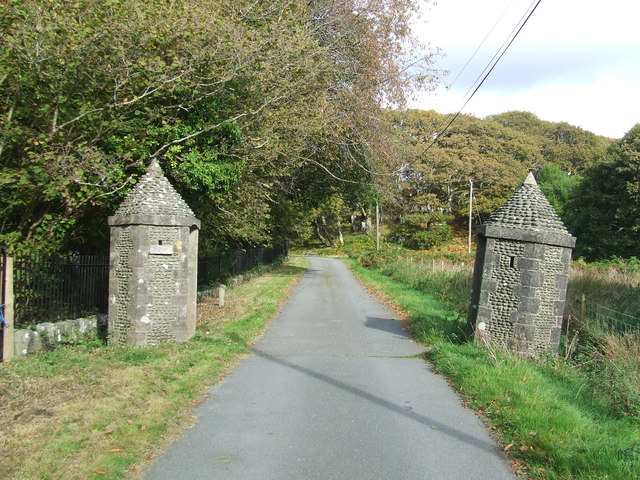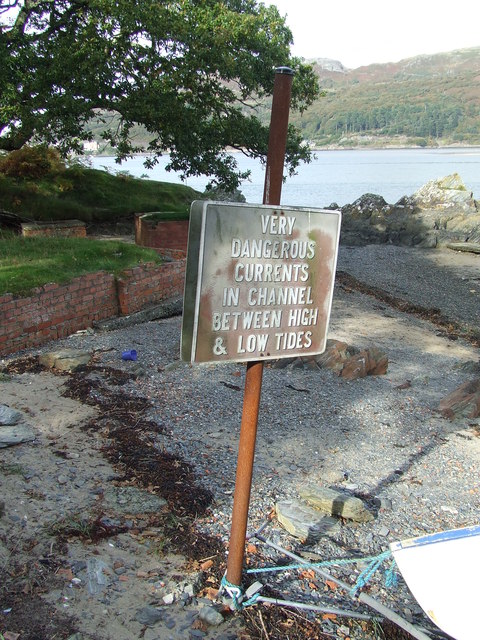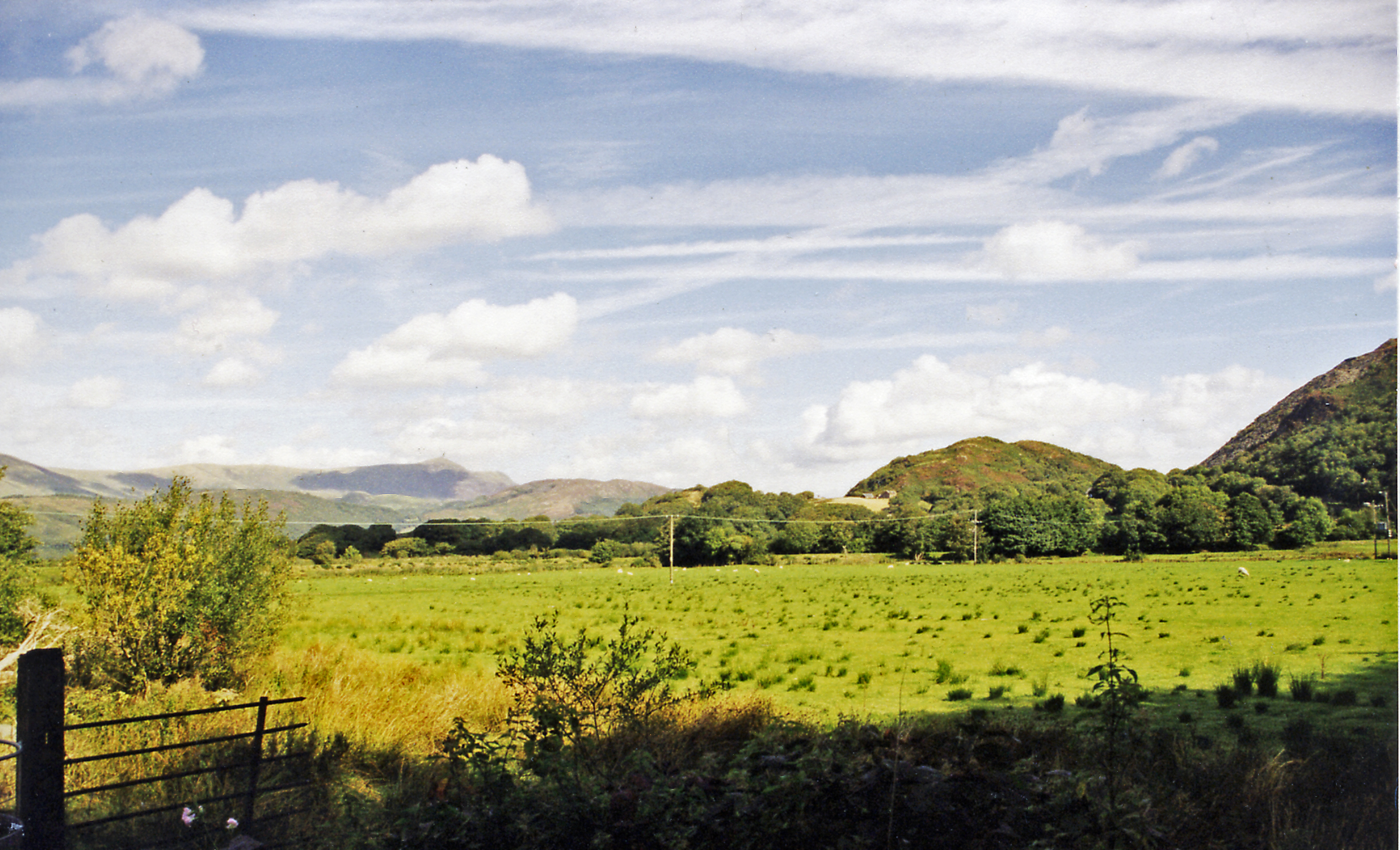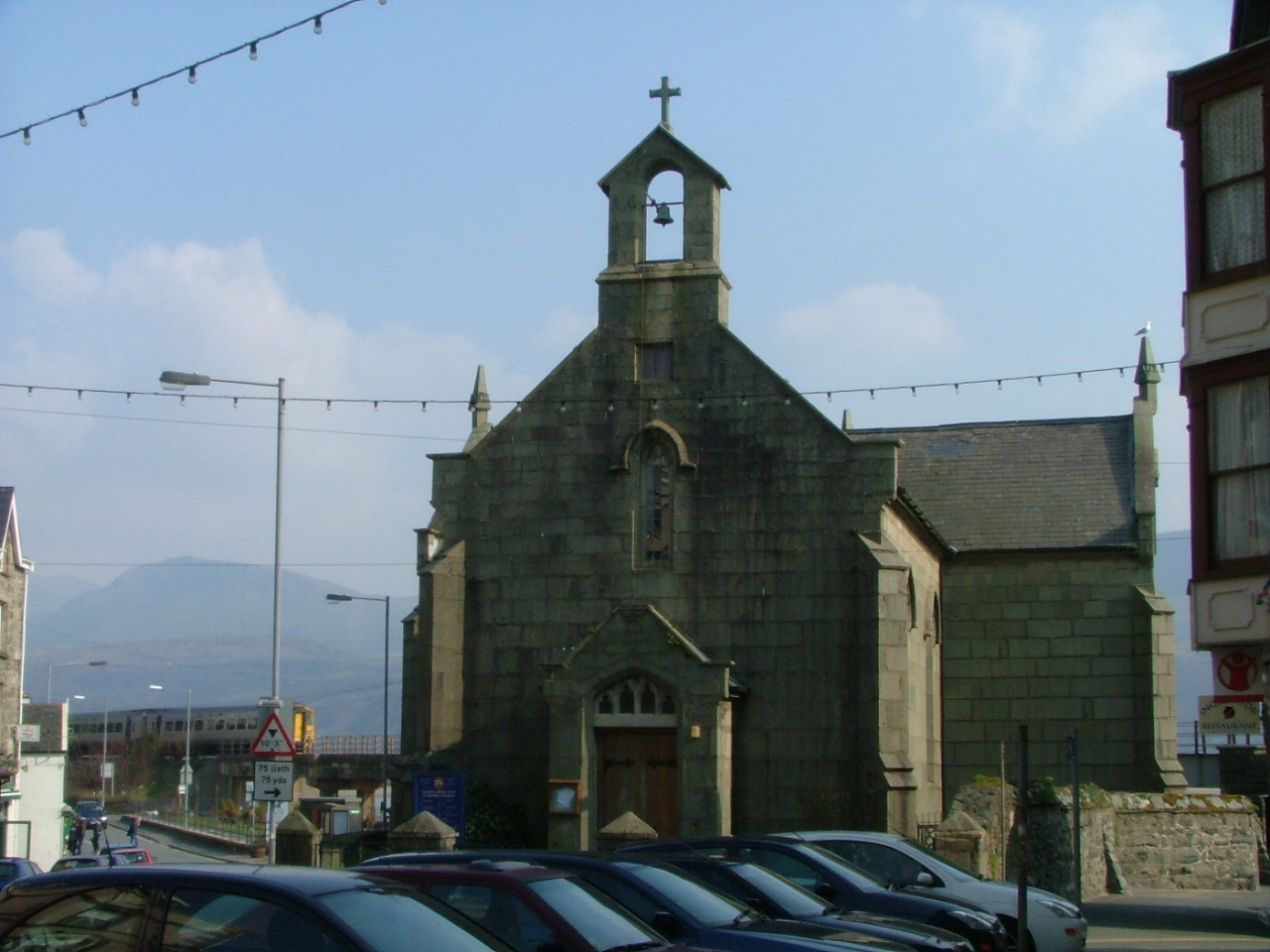Arthog
Settlement in Merionethshire
Wales
Arthog
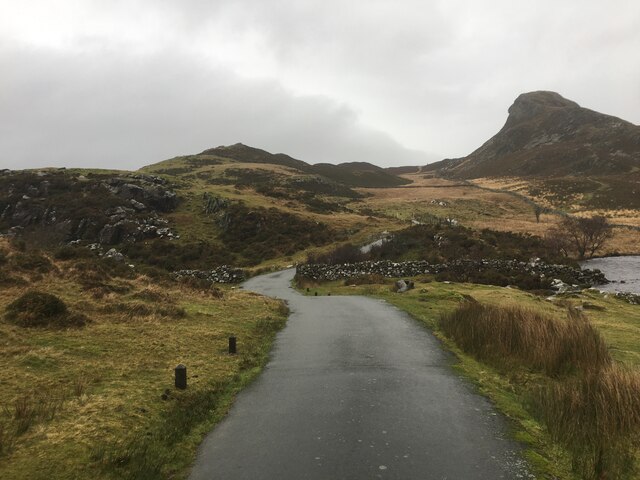
Arthog is a small village located in the county of Merionethshire, Wales, United Kingdom. It is situated on the southern banks of the Mawddach Estuary, offering stunning views of the surrounding Snowdonia National Park. With a population of around 300 people, Arthog is a peaceful and picturesque destination.
The village is known for its natural beauty and outdoor recreational activities. Visitors can explore the nearby Cader Idris mountain range, which offers various hiking trails of different difficulty levels. The Mawddach Trail, a popular cycling and walking path, runs through Arthog, providing a scenic route along the estuary.
Arthog is also home to the Arthog Outdoor Education Center, which offers a range of outdoor activities and adventure programs for all ages. The center provides opportunities for rock climbing, canoeing, abseiling, and team-building exercises.
In terms of amenities, Arthog has a few local shops and a pub, catering to the needs of both residents and tourists. The village has a strong sense of community, organizing events throughout the year, including a summer fair and a Christmas market.
The surrounding area of Arthog is rich in history, with ancient sites such as Castell-y-Bere and Cymer Abbey located nearby. These historical landmarks attract visitors interested in Welsh heritage and architecture.
Overall, Arthog is a tranquil village that offers a perfect escape for nature lovers and outdoor enthusiasts, with its breathtaking scenery, outdoor activities, and welcoming community.
If you have any feedback on the listing, please let us know in the comments section below.
Arthog Images
Images are sourced within 2km of 52.712428/-4.010113 or Grid Reference SH6414. Thanks to Geograph Open Source API. All images are credited.
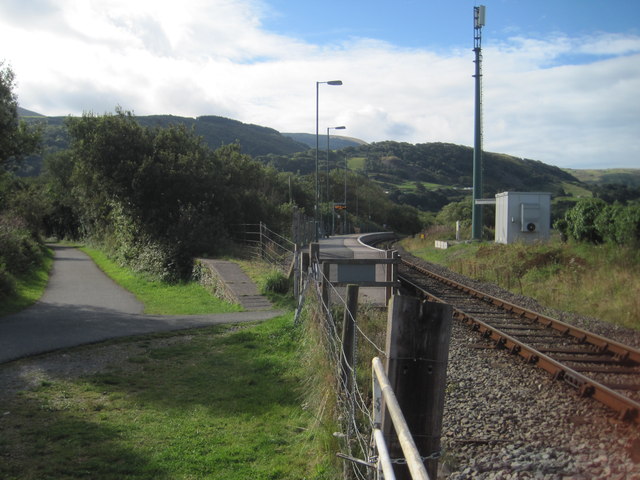
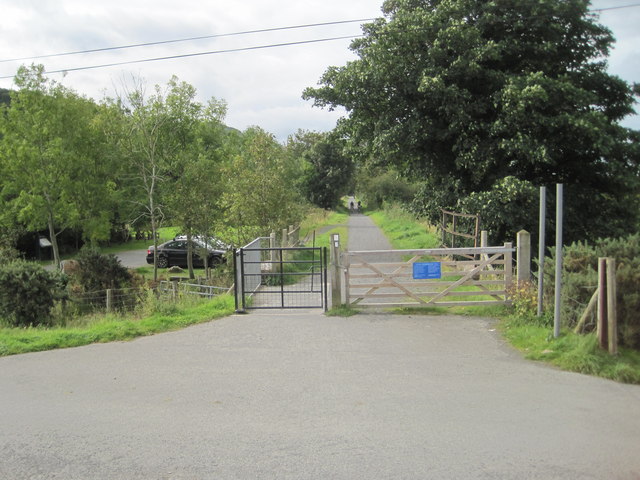
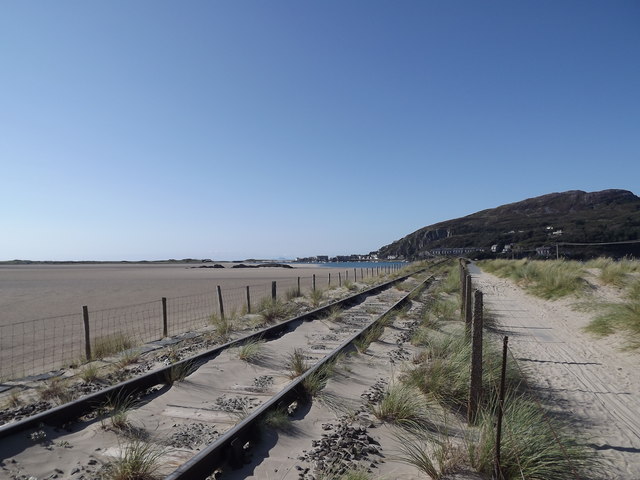
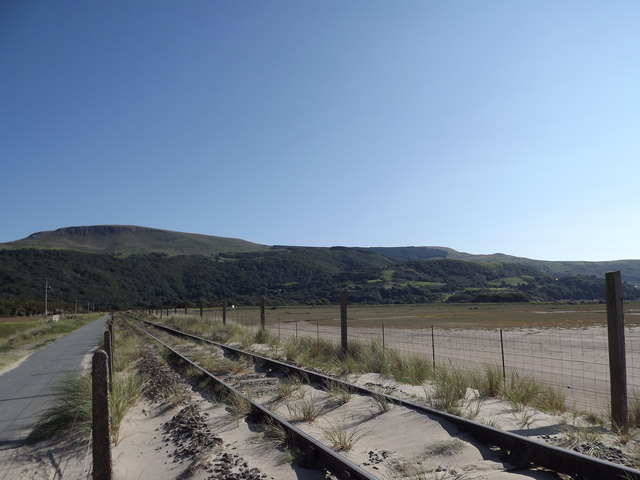
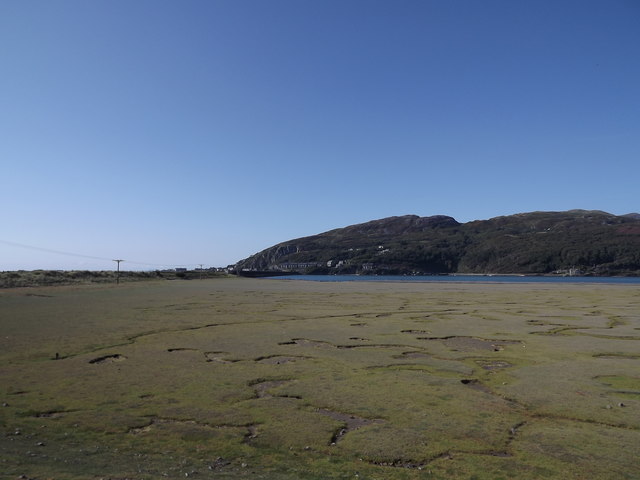
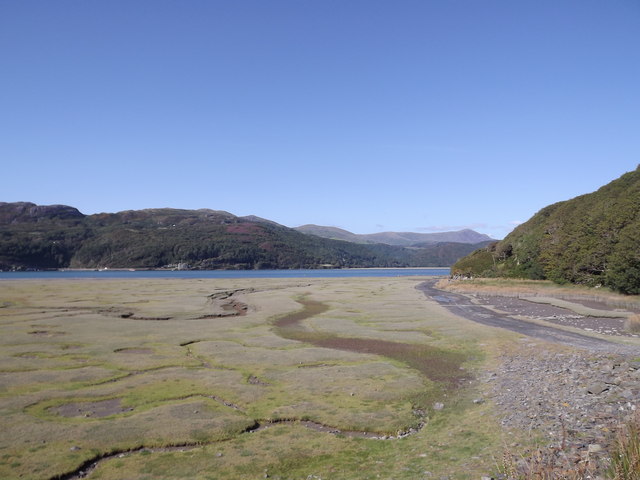
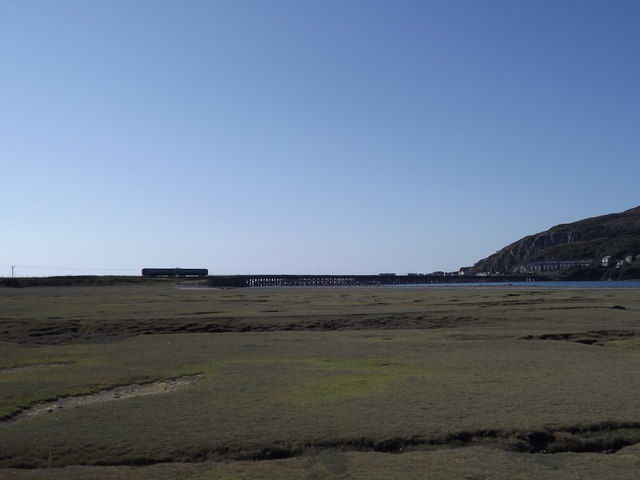
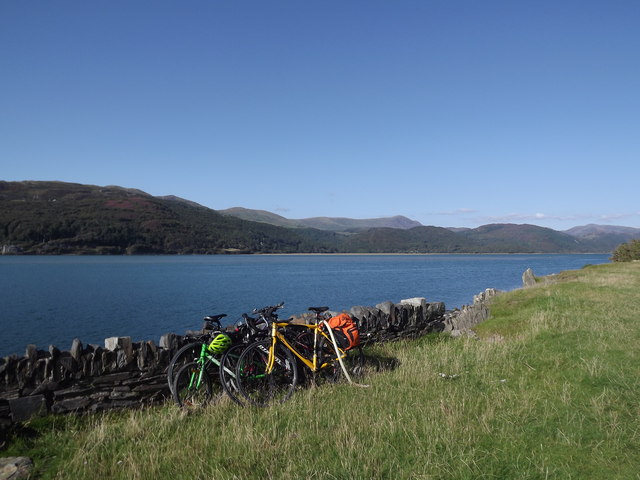
Arthog is located at Grid Ref: SH6414 (Lat: 52.712428, Lng: -4.010113)
Unitary Authority: Gwynedd
Police Authority: North Wales
What 3 Words
///keep.thrashed.ranges. Near Barmouth, Gwynedd
Nearby Locations
Related Wikis
Arthog
Arthog () is a village, post town and community in the Meirionnydd area in Gwynedd, north Wales including the villages of Fairbourne and Friog. It is located...
Arthog railway station
Arthog railway station in Gwynedd, Wales, was a station on the Dolgelly [sic] branch of the Aberystwith and Welsh Coast Railway (part of the Ruabon to...
Morfa Mawddach railway station
Morfa Mawddach railway station (formerly Barmouth Junction) is an unstaffed station located on the outskirts of the village of Arthog in Gwynedd, Wales...
Barmouth Bridge
Barmouth Bridge (Welsh: Pont Abermaw), or Barmouth Viaduct is a Grade II* listed single-track wooden railway viaduct across the estuary of the River Mawddach...
St David's Church, Barmouth
St David's Church is a Church in Wales church by the harbour of Barmouth, Gwynedd, west Wales. It is part of the Bro Ardudwy Ministry Area. == History... ==
Fairbourne Spit
Fairbourne Spit (also known as Penrhyn Point) is a long spit of sand and shingle at the mouth of the River Mawddach where it reaches Cardigan Bay, on the...
Friog
Friog (Welsh: Y Friog) is a small village in North Wales, near Fairbourne. Its lake and beach are a tourist attraction to over 1,000 visitors a year. Friog...
Fairbourne railway station
Fairbourne railway station serves the village of Fairbourne in Gwynedd, Wales. It is an unstaffed station on the Cambrian Coast Railway with passenger...
Nearby Amenities
Located within 500m of 52.712428,-4.010113Have you been to Arthog?
Leave your review of Arthog below (or comments, questions and feedback).
